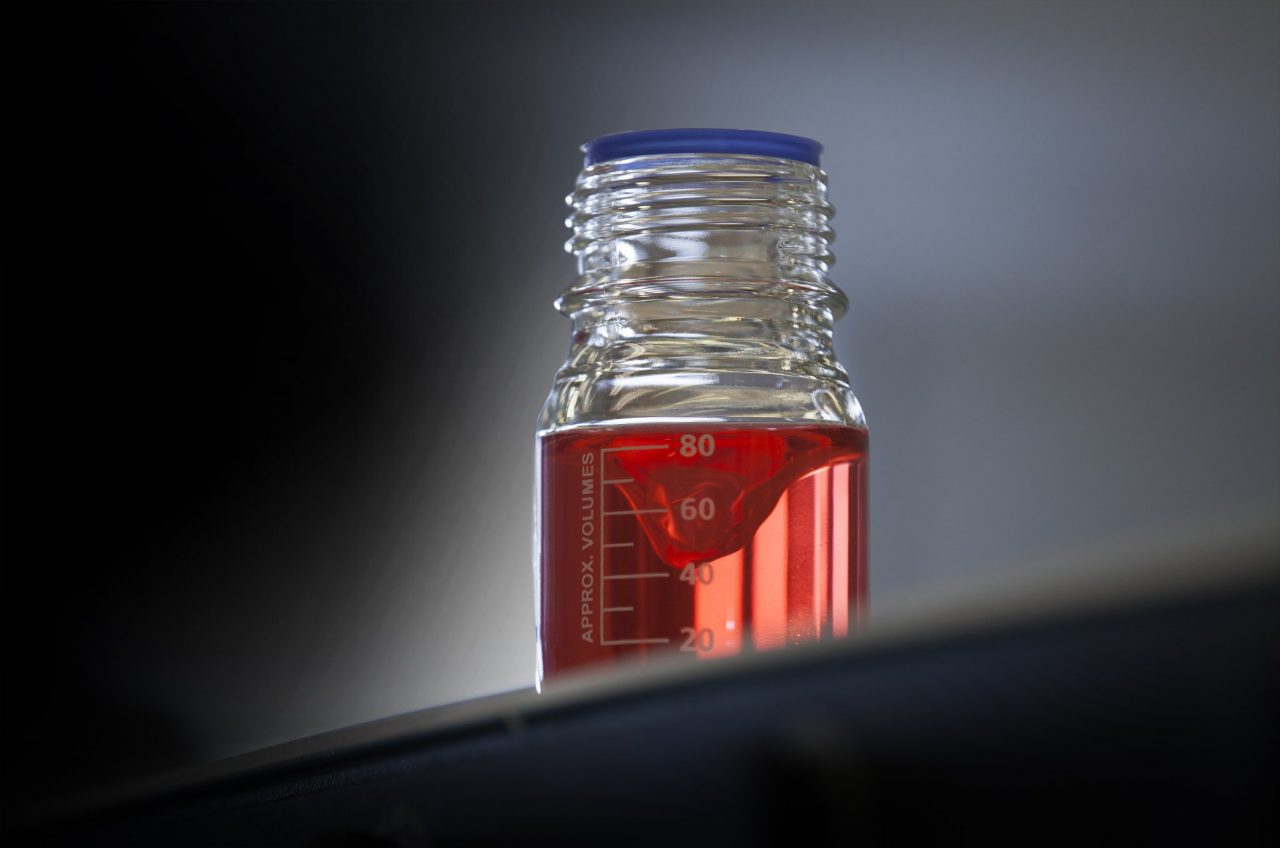
A wide diversity of intestinal biogenic amines (BA) -producing and biogenic amines -degrading bacterial species have recently been identified. In short, undigested dietary protein that reaches the colon is fermented by microbes possessing amino acid decarboxylase activity into a range of BAs, along with other degradation products such as phenol, cresol, indole, skatole, ammonia, and branched-chain fatty acids. Many of these protein fermentation products are known to have adverse health effects, and high concentrations of these compounds in the gastrointestinal tract are commonly associated with a wide range of diseases and cancer.
Origin of biogenic amines
In all life forms, proteins are an essential group of biomolecules abundant with organic nitrogen. As part of the normal protein metabolism of living cells, proteins can be degraded to amino acids. Some low molecular weight compounds, known as biogenic amines (BA), can be formed from these amino acids. BAs are classified as aliphatic, aromatic, or heterocyclic compounds bearing one (monoamine) or more (diamine or polyamine) amino groups. The major biochemical route for production of BAs is decarboxylation of amino acids. Other reactions are amination and transamination of aldehydes and ketones.
Endogenous BAs, such as spermidine and spermine, are produced and degraded in highly regulated pathways, and are crucial for normal functioning of eukaryotic cells. Exogenous BAs are obtained from food, with fermented protein-rich food products and beverages being especially abundant in BAs. After ingestion, excess dietary BAs are catabolized in the gut, mainly through the action of amine oxidases.
Harmful or healthy?
Biogenic amines like histamine, tyramine, cadaverine, and putrescine are known to cause negative health effects when they accumulate to high levels as result of food spoilage. Scombroid poisoning is an extreme example of foodborne illness that occurs after ingestion of fish with high histamine levels due to improper processing or storage. Despite the toxicity of most exogenous BAs, a certain group of biogenic polyamines have attracted much attention due to their numerous positive health effects. A number of studies have described the importance of these polyamines, especially in the early stages of life. Animal trials with chickens and turkeys fed polyamine supplements have found positive effects on intestinal tract development, with e.g., putrescine promoting whole body growth. Laying hens fed diets supplemented with putrescine are reported to show decreased eggshell deformation and increased eggshell thickness.
It has been proposed that a diet rich in spermine and spermidine may have positive effects on intestinal health and the immune system and help in the prevention of chronic inflammatory diseases such as cardiovascular disease. Anti-aging properties have also been proposed. Continuous intake of polyamine-rich foods, such as wheatgerm, soya, mushroom, or citrus fruits, increases blood polyamine levels and may have positive effects on health.
Biomarkers of gut health
In conclusion, biogenic amines are present in almost all food products and nearly all life forms produce and utilize BAs. BAs can exert both adverse and positive health effects, depending on concentrations and BAcomposition. The actual level of BAs in tissues is the result of a balance between endogenous metabolic processes inside the cell and adsorption from exogenous sources, which include dietary BAs and BAs produced by intestinal microbes. Intestinal microbes play a particularly interesting, but relatively unknown, role in production, utilization, and degradation of BAs. It has also been suggested that some BAs produced by intestinal microbes, such as dopamine, norepinephrine, serotonin, and histamines, can modulate not only the gut physiology, but also the brain function of the host.
References to literature available upon request.


